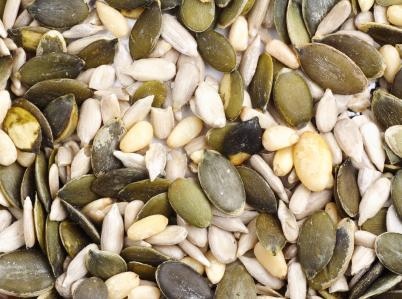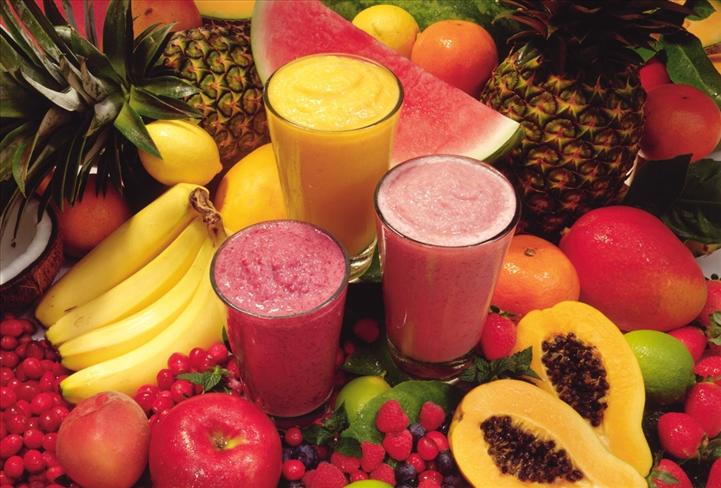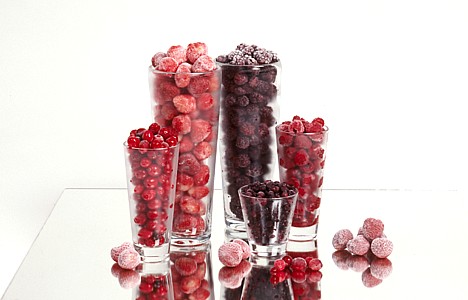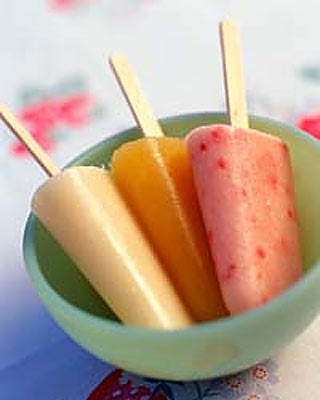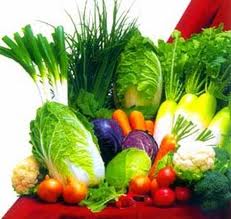Making a great effort to eat more nutritiously over the years has brought me a wealth of knowledge, but I am learning still, daily, and am amazed at what I have learned in the last two weeks. Some of the knowledge came from reading, some from friends and some even from my own mind as I had some personal ‘aha’ moments. I share with you below my recent discoveries:
I didn’t know that. . .
• Nuts are large seeds.
• There is little taste difference in Brazil nuts, cashews, hazel nuts and macadamia nuts when blending them as certain protein drinks.
• The slow process of dehydrating food makes the environment ripe for mold growth on the food.
• A company has created a way to genetically modify an apple so it doesn’t turn brown (Scary!).
• Seedless watermelons have been genetically modified (Watermelons are meant to have seeds).
• An organic seedless watermelon is a contradiction. (The fact that the watermelon doesn’t have seeds makes it non-organic from the start; growing a non-organic fruit in an organic environment doesn’t make much sense to me).
• My return to an omnivore lifestyle still has me craving to be an herbivore.
• A large number of Extra Virgin olive oils are not Extra Virgin but have been cut with other oils.
What have you discovered lately about foods, and how will your discoveries help you to improve your health? If you haven’t learned anything new lately, why don’t you seek to find out something new? You could even start with searching out more about the items I listed above. Make sure to share your discoveries in the comments section here. Remember, we are destroyed from a lack of knowledge (Hosea 4:6). Don’t let destruction happen at your hands.

